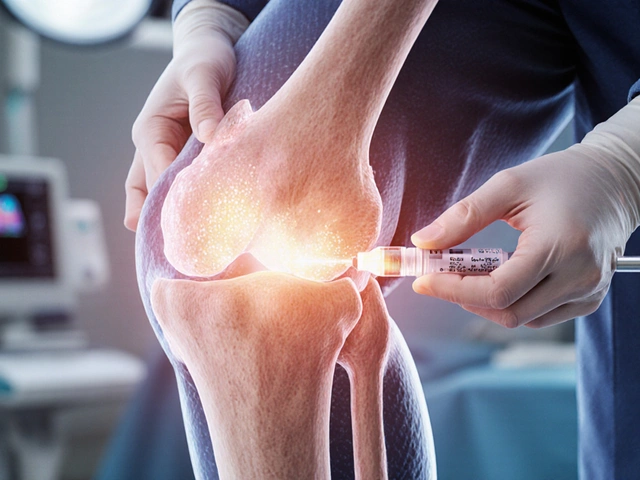Cancer Treatment Effects: What You’ll Feel and How to Deal With Them
If you or a loved one is going through cancer therapy, the word “effects” probably feels scary. You might hear about nausea, fatigue, hair loss, or even intense pain. Those are real, but they’re also things you can plan for. Knowing what to expect makes the journey less of a surprise and gives you a chance to take control.
Every treatment—whether it’s chemo, radiation, immunotherapy, or surgery—has its own set of side‑effects. Some are short‑lived, like the sore mouth you get after a week of chemo. Others can linger, such as joint pain after certain targeted drugs. The key is to spot the pattern early and talk to your doctor about ways to soften the blow.
The Most Painful Treatments and Why
Among the many options, a few stand out for causing more pain than others. High‑dose chemotherapy often hits the nerves, leading to burning sensations in hands and feet—a condition called peripheral neuropathy. Radiation to the chest can inflame the lungs and make breathing feel tight. Bone‑marrow transplants are another heavy hitter; the conditioning regimen (high‑dose chemo + radiation) can feel like an endless wave of nausea and fatigue.
Why do these therapies sting? They work by attacking fast‑growing cells, and unfortunately, some healthy cells get caught in the crossfire. Nerves, skin, and the lining of the gut are especially vulnerable. Knowing the “why” helps you understand that the pain isn’t a sign of treatment failure—it’s just how the drugs do their job.
Managing Side Effects in Daily Life
Here are quick, practical steps you can start today:
- Stay hydrated. Small sips of water, herbal teas, or electrolyte drinks keep nausea at bay and support kidney function.
- Eat small, frequent meals. A banana or a handful of nuts every few hours is easier on the stomach than three big meals.
- Move a little. Light walks, gentle stretching, or even seated leg lifts can reduce fatigue and keep muscles from stiffening.
- Protect your skin. Use fragrance‑free moisturizers and wear loose cotton clothing to soothe radiation burns.
- Ask for meds. Anti‑nausea drugs, pain relievers, or nerve‑protecting supplements are often covered by insurance when you request them.
Emotional side‑effects matter too. Many patients feel anxious, depressed, or isolated. Joining a support group, whether online or in person, gives you a safe space to share worries and hear coping tricks that actually work.
When the treatment plan changes—say you switch from chemo to immunotherapy—don’t assume the new side‑effects will be the same. Immunotherapy can cause inflammation in lungs or intestines, which feels like a cough or belly pain. Keep a symptom diary: date, what you felt, and how intense it was. Bring that list to every appointment; doctors love concrete data.
Remember, you’re not alone. Articles like “Most Painful Cancer Treatments: What Hurts the Most and Why” and “The Last 6 Months of Cancer: What to Expect, Symptoms, and Care Tips” break down each stage in plain language. Use those resources as a guide, but always tailor advice to your own body.Bottom line: cancer treatment effects are diverse, but they’re manageable. By staying informed, tracking symptoms, and speaking up for the help you need, you turn a scary list of side‑effects into a series of actions you can control.

Can the Body Fully Heal After Chemotherapy?
Chemotherapy is a prevalent treatment for cancer that comes with a range of side effects, such as fatigue, nausea, and more lasting impacts on the body. This article explores whether the human body can completely recover from these effects. It will discuss both the short and long-term impacts chemotherapy has on the body and what patients might expect in their recovery journey. Moreover, it will provide insights and tips to aid recovery.

Discovering the Top Diabetes Medication in 2025
Jan, 3 2025

How Rare Is It to Survive Open Heart Surgery?
May, 11 2025

What Is the Newest Alternative to Knee Replacement?
Oct, 30 2025

